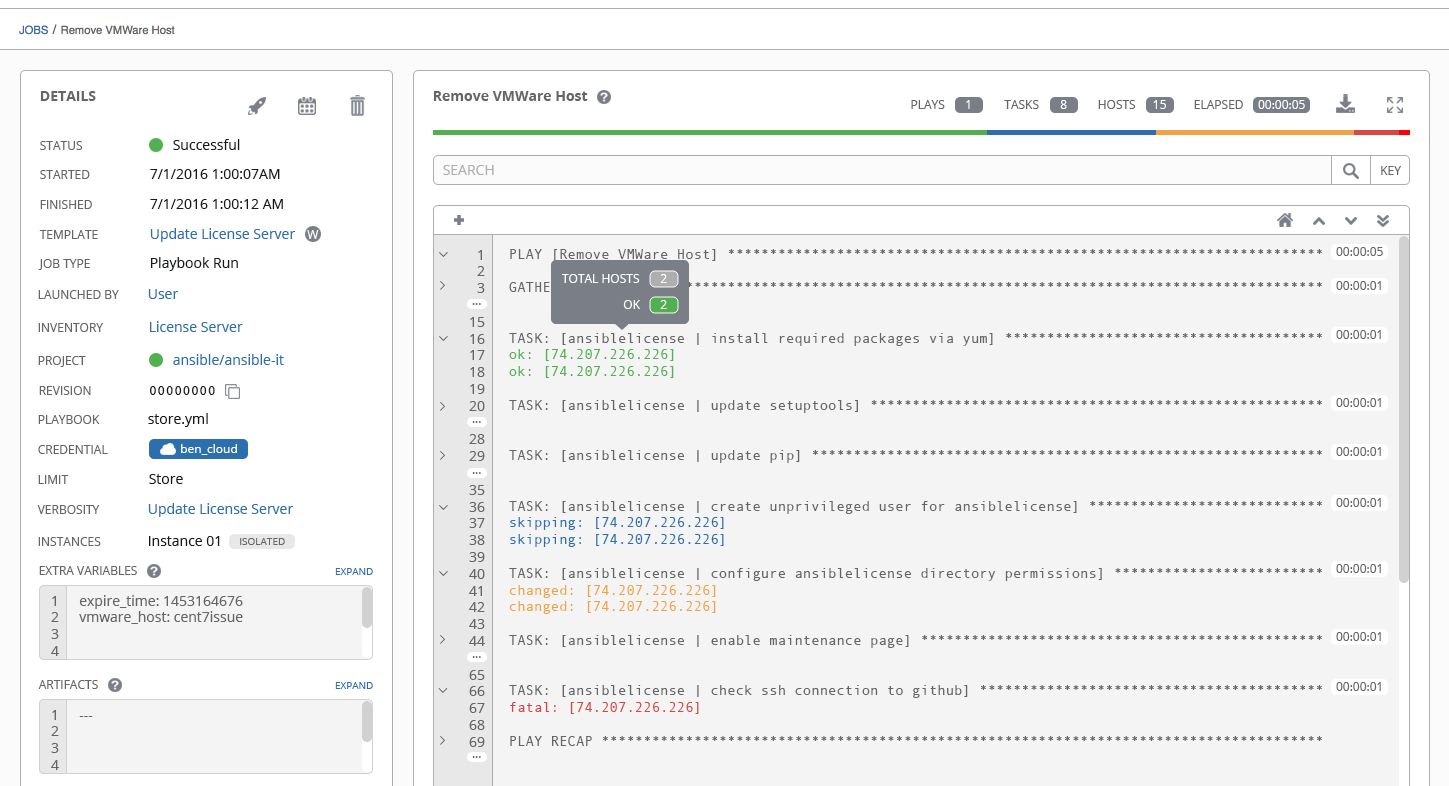Ansible: Introduction & Getting Started

Ansible is an open-source automation tool for configuration management, application deployment, and task automation. It uses simple YAML-based playbooks and requires no agent on managed nodes.
Why Use Ansible?
- Automate repetitive IT tasks
- Manage infrastructure as code (IaC)
- Orchestrate multi-tier deployments
- Ensure consistency across environments
How Ansible Works
- Uses SSH (or WinRM for Windows) to connect to hosts
- Playbooks define tasks in YAML
- Modules perform actions (e.g., install packages, copy files)
Quick Start Example
- Install Ansible (on most Linux/macOS):
- Create an inventory file (
hosts): - Write a simple playbook (
site.yml): - Run the playbook:
Learn More
Step-by-Step Ansible Tutorials
If you want a structured, beginner-friendly path, check out the Ansible tutorial series: - Tutorial 1: Concepts & Terminology - Tutorial 2: Modules & Your First Playbook - Tutorial 3: Variables, Modules & Network Fact Gathering